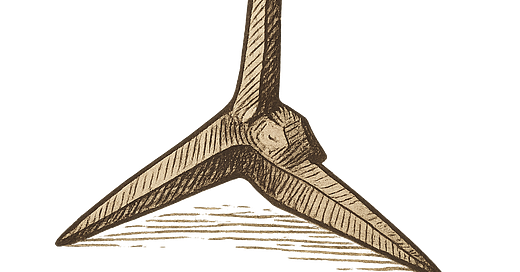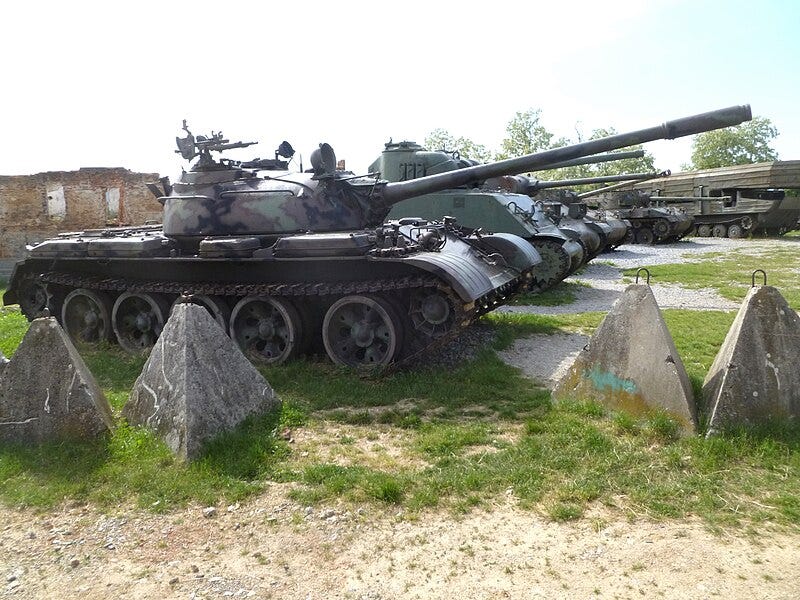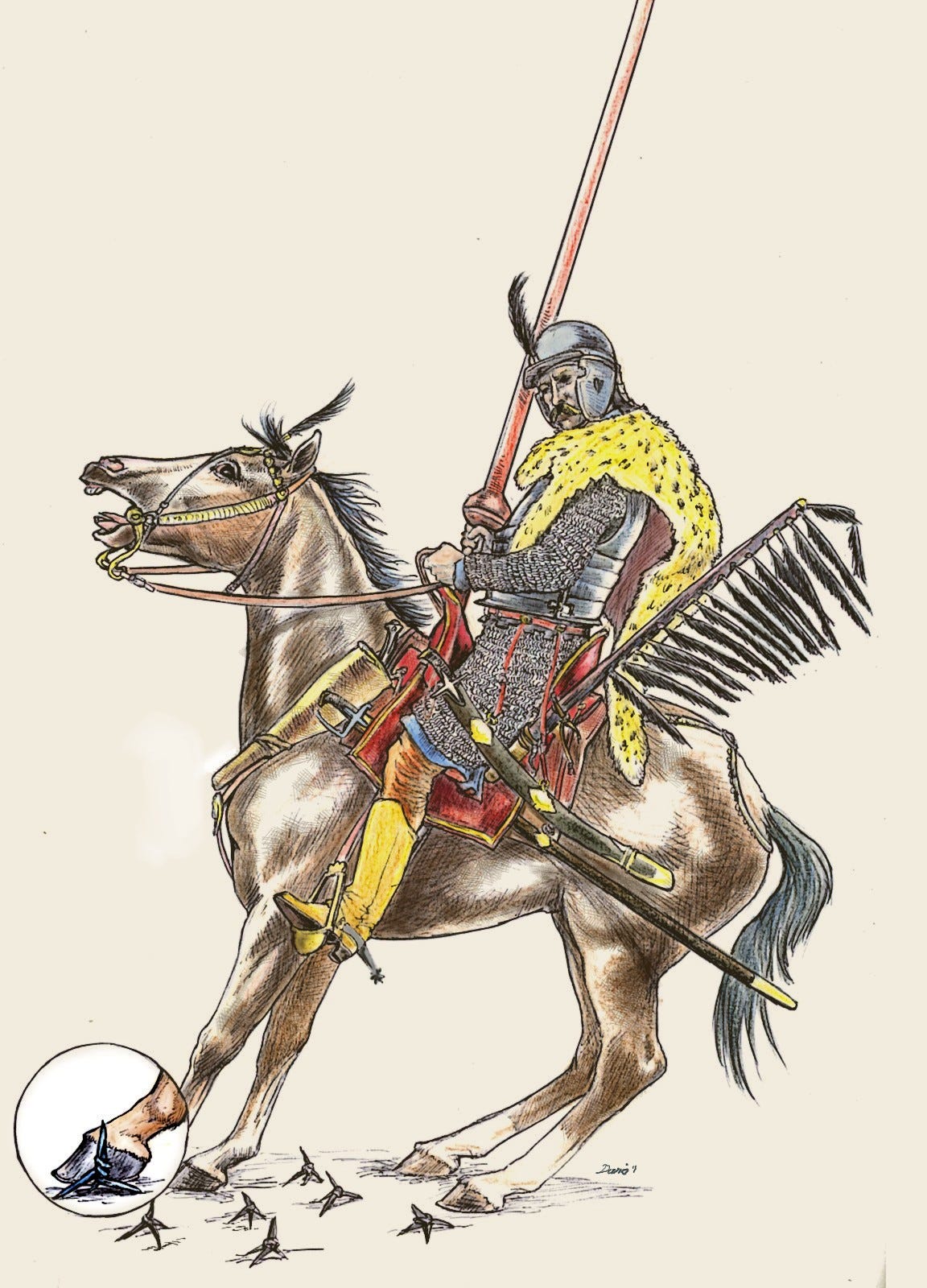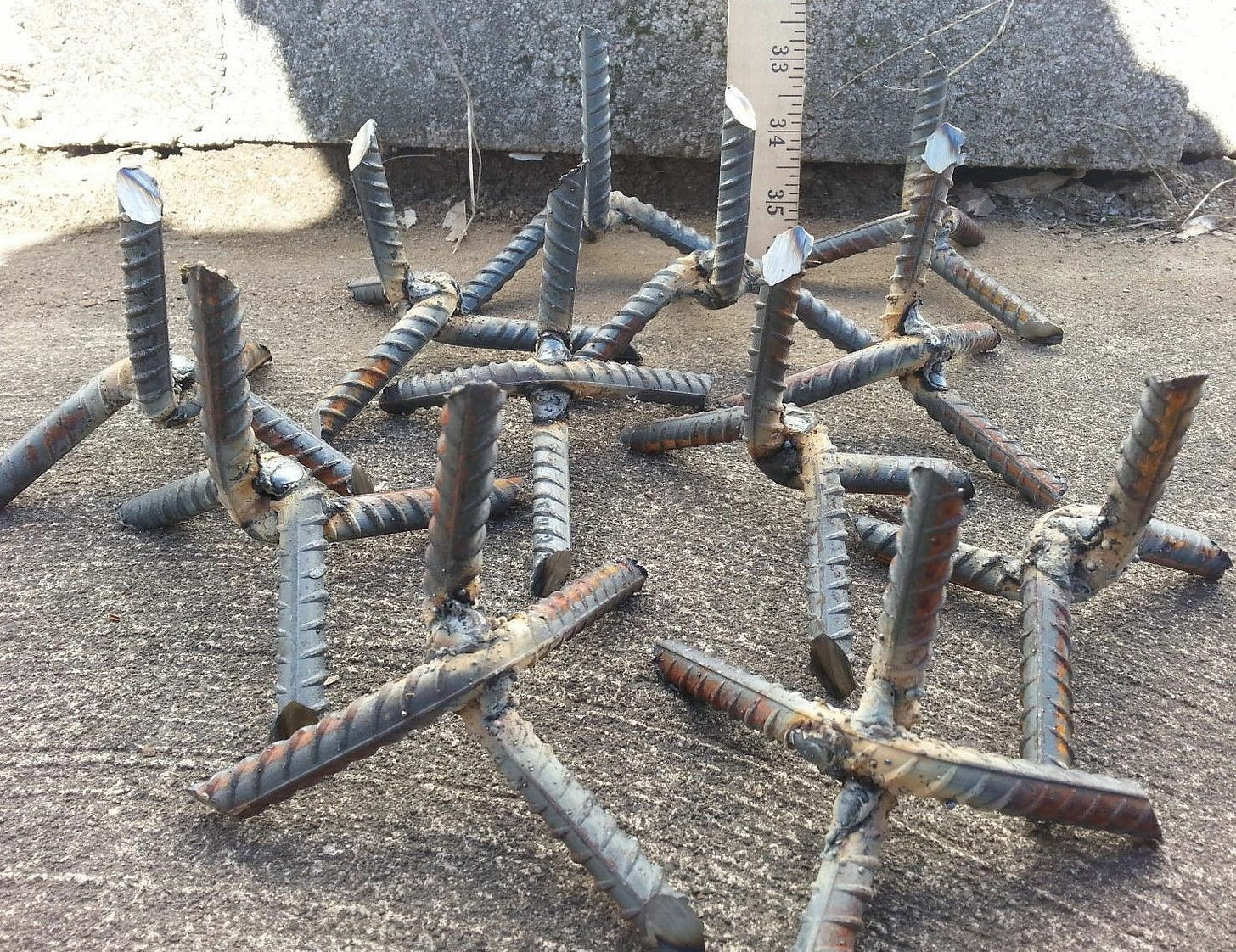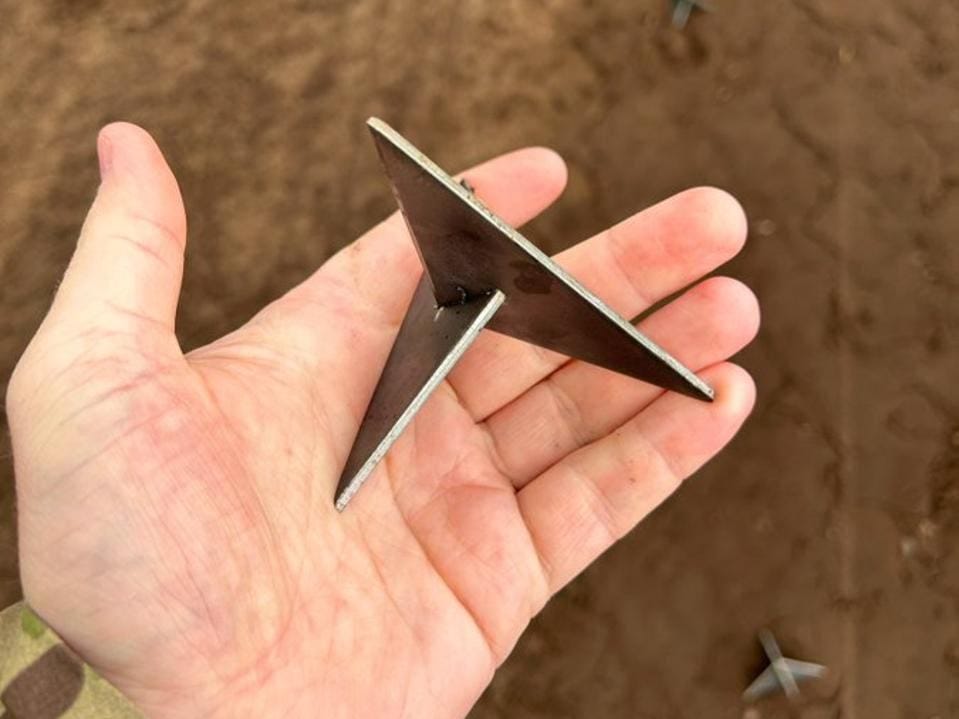Caltrops
Cheap, Effective, and Savage lesson in Low-Tech Lethality from the Unsung Side of Victory
13th century should be familiar with Caltrops or shoe-traps. But still, you as a modern person from the 21st century who, most likely, has never experienced war don’t know what they are. If you did you would be familiar with modern tank barriers. For such a mighty machine, it can be easily stopped by a few tons of reinforced concrete.
That’s the same principle caltrops operated on—simple, clever, and cruel.
A caltrop is a small, spiky object designed to always have one sharp point facing upward. Think of it as the medieval version of stepping on a Lego, except the Lego pierces through leather boots, horse hooves, or even rubber tires. Drop a handful on a road, and suddenly you’ve got a problem: horses stop, soldiers limp, and wagons break down.
The brilliance of the caltrop lies in its simplicity, and that simplicity makes it perfect for medieval warfare. In the 13th century, blacksmiths didn’t need blueprints or factories to create them. All they needed was iron, fire, and a hammer.
The basic design is simple: four metal spikes arranged in such a way that no matter how the caltrop landed, one point always stuck up. Think of a d4 dice or a three sided pyramid where each tip is pointy and sharp.
Their effectiveness didn’t rely on strength or speed. It relied on pain, surprise, and inevitability. The enemy can’t ignore them, and stepping around them is nearly impossible in the chaos of battle.
So while knights were clad in shining armor and charging with lances, some humble soldier with a bag of caltrops could shape the outcome of the battle, one spike at a time.
There are many ways to manufacture them and there are some of the ways:

